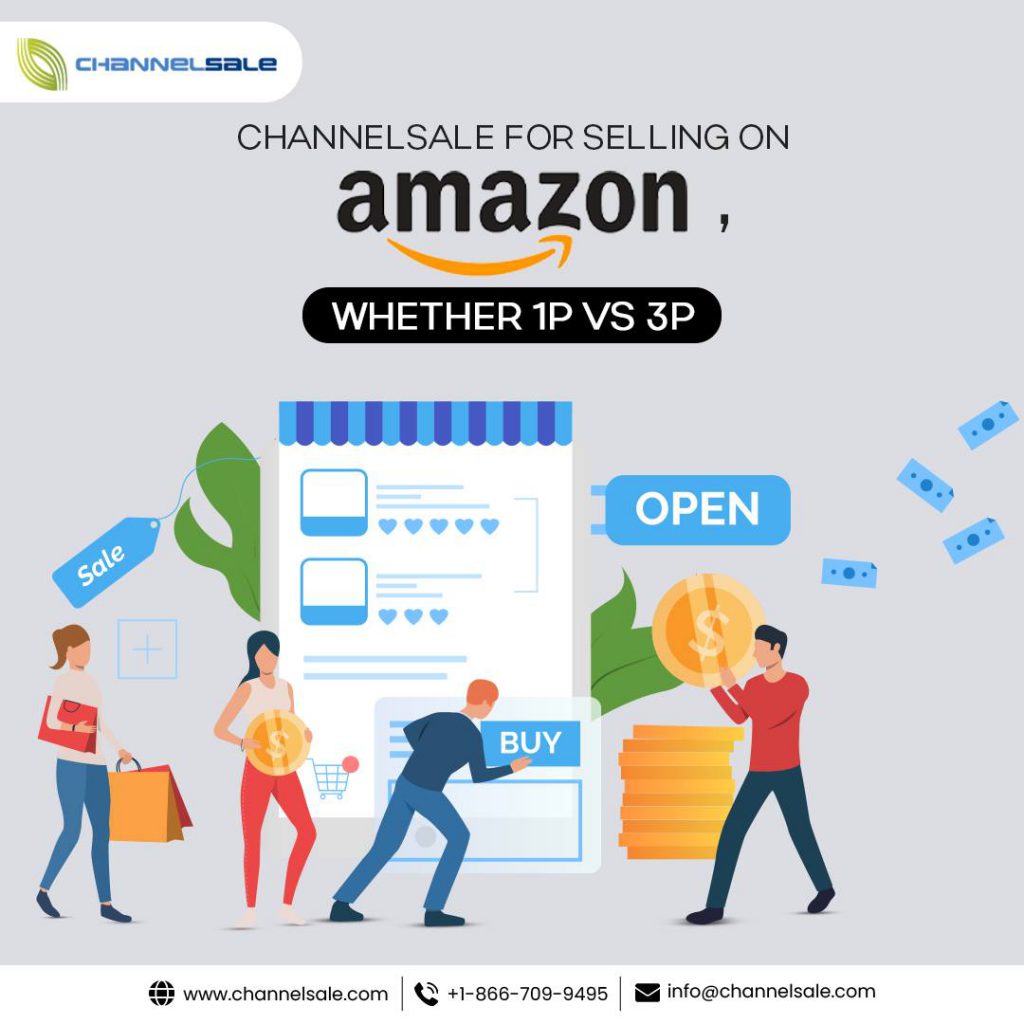When it comes to vending products on Amazon, people sell their own items through Amazon’s marketplace and get to fulfill all the orders through FBA [Fulfillment-by-Amazon]. In other words, it’s known as Amazon 3rd party or just simply Amazon 3P.
But ever thought about how exactly Amazon manages to carry all types of brands and products on its own? Well, the company purchases at a wholesale price from many brands, which includes all the small and big brands. They do so through the Amazon 1P or Amazon Vendor.
Both Amazon 3P and Amazon 1P have a massive difference between each other. As a merchant, you need to have a good understanding of them if you’re planning to sell products on Amazon.
Amazon 1P vs Amazon 3P: Understanding the Difference
In this section, you will get a good understanding of Amazon 3P and Amazon 1P and the difference between them. Let’s find out.
Amazon 3P [Amazon Third Party]
Experts have provided evidence that Amazon has listed around 2 million small and mid-size businesses as Amazon 3P [Amazon 3rd Party]. Besides that, based on a 2021 SMB report, around 7,400 items were each minute between September 2020 and August 2021.
This clearly shows that Amazon 3P is extremely profitable on this platform. Besides that, Amazon 3P is an ideal option for all types of mid-size and small businesses where they get to sell their products through “Seller Central.”
Under this Amazon model, all the 3rd-party sellers will list their items on Amazon. They also get the opportunity to fulfill all the orders through FBA or Fulfillment-by-Merchant. Amazon will provide customer support, payment processing, and a website.
But the 3rd-party sellers will be responsible for handling the inventory, optimizing the listings, setting up the prices for all the products, taking care of the advertisement, and many more.
Amazon 1P [Amazon 1st Party]
Also known as Amazon Retail, Amazon 1P is pointed to the direct sales made by Amazon to its customers. Under this model, Amazon buys all the products from the distributors or manufacturers from the “Vendor Central.”
After that, it sells them to all consumers directly through the Amazon platform. The platform is known to own the inventory and is also responsible for the returns, setting up the price, customer service, and inventory management fulfillment.
Experts have pointed out that Amazon recorded e-commerce sales of $671.2 billion back in 2022. Out of that, Amazon 1P sales accounted for $247.2 billion in 2022.
Benefits of Amazon 3P
You will come across some great benefits of the Amazon third-party model, and some of these are:
- You will be liable for taking care of the pricing authority and also controlling the retail prices.
- You will have a lot more control over your business because you will have plenty of options when it comes to brand presence, inventory, product details, etc.
- You can easily generate all the retail instead of the wholesale ones.
Benefits of Amazon 1P
In this section, you will encounter some of the benefits of the Amazon 1P:
- Get product orders in bulk from Amazon based on an established cadence.
- You will receive a wide range of advertisement opportunities
- You have to provide a flat fee instead of the separate marketplace selling fee
Final Words
Amazon 3P and 1P are two different models that are used by businesses and brands to sell their products on Amazon. But both of these models are different from one another, and both of them have their own set of advantages.
Marketing on Amazon – The Amazon 1P vs Amazon 3P Dilemma,

